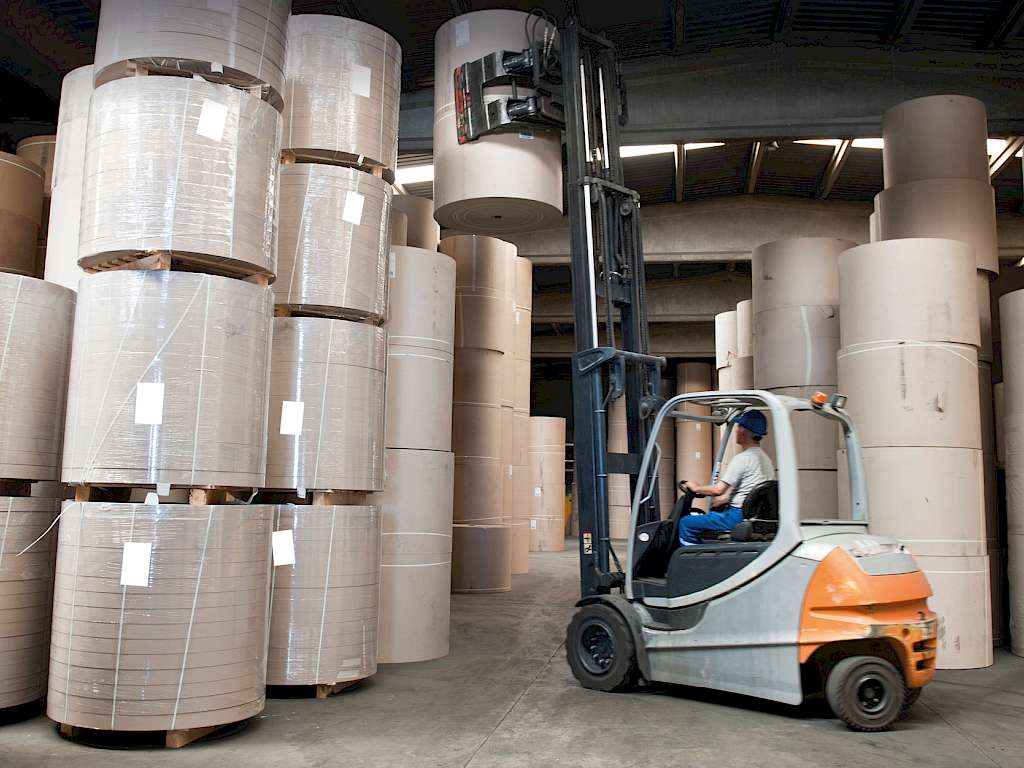.
Top 10 everyday essential stationery products for the classroom:
In the bustling world of education, where every day is a new opportunity for learning and growth, the right stationery items can make all the difference. Whether you're a seasoned educator or a passionate student, having the essential tools at your fingertips can enhance productivity, organization, and creativity within the classroom.
Here are the top 10 must-have stationery items that every classroom should consider:
Pencils and Erasers: A classic choice, pencils remain a staple in any classroom setting. From solving math problems to sketching diagrams, pencils offer versatility and ease of use. And let's not forget the trusty eraser – a crucial companion for those inevitable mistakes.
Pens in Various Colors: Pens come in handy for taking notes, grading papers, and adding a splash of color to presentations. Having an assortment of colors allows for creative expression and effective visual differentiation.
Notebooks and Paper: Whether spiral-bound or composition-style, notebooks provide students with a designated space for jotting down thoughts, completing assignments, and keeping track of important information. Loose-leaf paper also proves invaluable for quizzes, tests, and group activities.
Highlighters: Highlighters are indispensable tools for emphasizing key concepts, highlighting important passages in textbooks, and annotating reading materials. Their vibrant colors help draw attention to critical information and aid in active reading strategies.
Markers and Whiteboard Supplies: For interactive lessons and collaborative brainstorming sessions, markers and whiteboard supplies are essential. From colorful dry-erase markers to magnetic erasers, these tools facilitate dynamic classroom engagement and foster visual learning.
Sticky Notes: Versatile and portable, sticky notes offer endless possibilities for organization and communication. Whether used for jotting down reminders, flagging important pages, or leaving encouraging messages, these adhesive gems are a classroom necessity.
Index Cards: Ideal for studying, flashcards provide a hands-on approach to reviewing vocabulary, equations, and historical facts. Compact and convenient, index cards enable students to break down complex concepts into bite-sized chunks for easier retention.
Rulers and Geometry Sets: Precision matters in mathematics and technical subjects, making rulers and geometry sets indispensable tools for accurate measurements, diagrams, and constructions. With these instruments, students can explore geometric principles and hone their spatial reasoning skills.
Glue Sticks and Tape: From arts and crafts projects to interactive displays, glue sticks and tape are essential for bringing creative ideas to life. Their mess-free application and strong adhesive properties make them reliable allies in the quest for hands-on learning experiences.
Storage Containers and Organizers: Last but not least, storage containers and organizers help keep stationery supplies neat, tidy, and readily accessible. Whether it's a designated pencil case or a compartmentalized storage bin, having a designated home for stationery items promotes efficiency and reduces clutter in the classroom.
In conclusion, the right stationery items can transform an ordinary classroom into a vibrant hub of learning, creativity, and collaboration. By equipping students and educators with the tools they need to succeed, we pave the way for a brighter future filled with endless possibilities.
So, stock up on these must-have stationery items today and watch as your classroom becomes a beacon of inspiration and discovery for all who enter its doors. Happy learning!

Navigating the Paper Crisis: Understanding the Impact of Middle East Troubles
The global paper industry is currently facing unprecedented challenges stemming from geopolitical tensions and regional conflicts, particularly in the Middle East. These disturbances have triggered a cascade of disruptions throughout the paper supply chain, leading to shortages, price hikes, and logistical headaches worldwide. To navigate this crisis effectively, it's essential to delve into its intricacies, understand its underlying causes, and explore viable solutions.
At the heart of the paper crisis lies the Middle East's pivotal role in the global paper supply chain. The region serves as a critical hub for pulp and paper production, boasting several major manufacturers and raw material suppliers. However, ongoing conflicts and political instability have cast a shadow over these operations, impeding production, hindering exports, and creating a ripple effect felt across international markets.
The Suez Canal and the Strait of Hormuz, vital maritime routes for paper shipments, have become flashpoints of instability, exacerbating the crisis. Disruptions in these key transit zones have caused delays, increased shipping costs, and strained supply chains, compounding the challenges faced by paper manufacturers, distributors, and end-users alike.
The paper crisis has also exposed vulnerabilities in the global paper trade, highlighting the industry's heavy reliance on a handful of production centers and transportation routes. As a result, even minor disruptions in the Middle East can trigger cascading effects, disrupting supplies, driving up prices, and destabilizing markets on a global scale.
Educational institutions, publishing houses, and printing companies are among the hardest hit by the paper crisis. Schools struggle to secure adequate supplies for exams, classroom activities, and administrative tasks, while publishers grapple with rising production costs and uncertain delivery timelines. Printers face mounting pressure to fulfill orders amidst supply shortages and logistical hurdles, leading to delays and increased operational costs.
To address the paper crisis effectively, stakeholders must adopt a multi-faceted approach that encompasses both short-term mitigation measures and long-term strategic initiatives. Diversifying sourcing channels, investing in alternative fiber sources, and optimizing logistics networks can help build resilience against future disruptions and reduce dependency on volatile regions.
Furthermore, promoting dialogue, fostering stability, and supporting peaceful resolutions to regional conflicts are crucial steps toward addressing the root causes of the paper crisis. By advocating for diplomatic solutions and supporting efforts to promote stability in the Middle East, the global community can help create an environment conducive to sustainable development and prosperity.
In conclusion, the global paper crisis underscores the interconnectedness of our world and the imperative of addressing geopolitical tensions to safeguard essential supply chains. By embracing innovation, fostering cooperation, and advocating for peace, we can navigate through these turbulent times and build a more resilient, sustainable future for the paper industry and beyond. Together, let us forge ahead with resolve, resilience, and a shared commitment to overcoming adversity and building a brighter tomorrow.